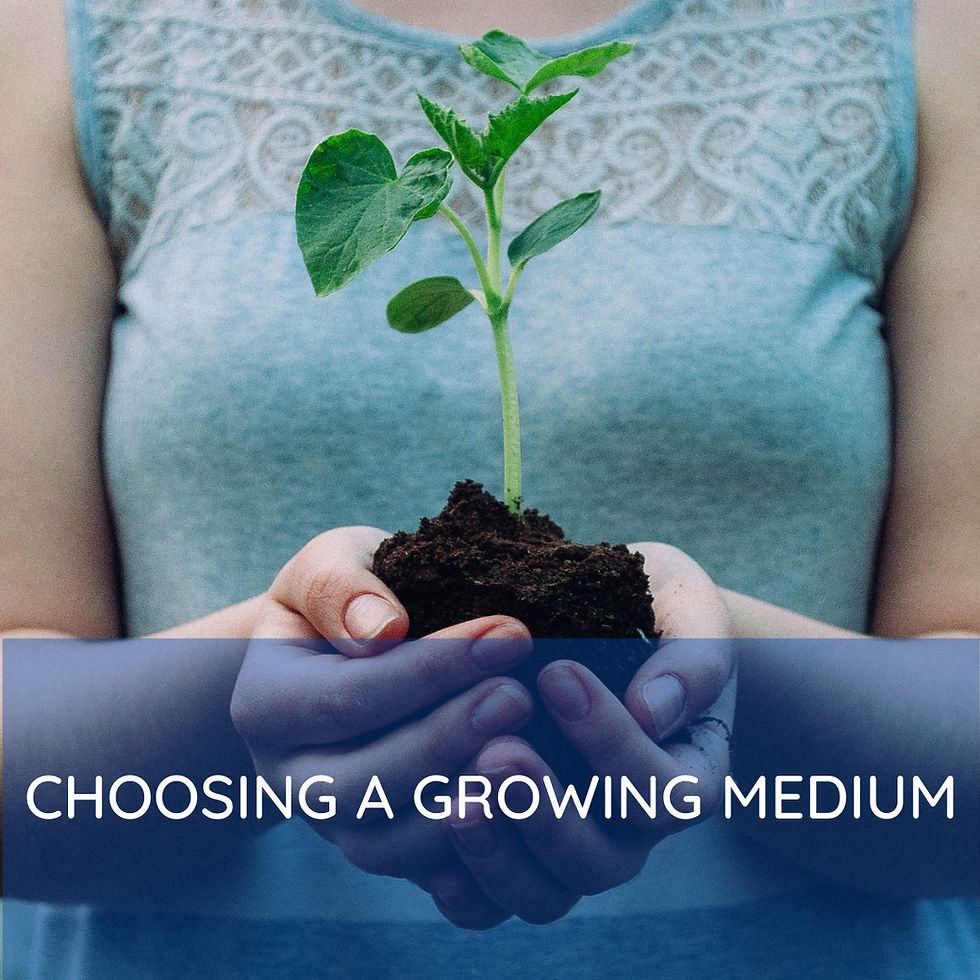Choosing Plants for your Hydroponic Garden
- Bimal Parmar

- Mar 3, 2021
- 3 min read

While not every vegetable thrives in a hydroponic environment, many do. So here are the best any new hydroponic grower can grow in their system. Some are very easy, while others take a bit more effort and space, but nonetheless, all of them are worth adding to any hydroponic garden.
Here, we will look at each of these hydroponic vegetables and which systems are best suited to their growth.
Lettuce
Leaf lettuce makes an outstanding option for hydroponic cultivation. It grows in the simplest systems and requires minimal attention. As you grow, you can harvest the external leaves from your lettuce, meaning you will end with a prolonged crop of fresh, crunchy lettuce. As the leaves are cut, the internal leaves will grow rapidly to take their place. There are many varieties to choose from, and most of them are suitable for growing this way. The more common types are:
Buttercrunch
Tom Thumb
Iceberg
Boston
Romaine
Simpson

Leafy Greens
Just like lettuce, most other leafy green vegetables will grow well in a hydroponic system. Spinach not only thrives, but also you get the added advantage of no more sandy grit down in your spinach. Other good leafy green choices are kale, arugula, mustard greens, watercress and Swiss chard. Harvest these all at once or snip off a bit at a time, leaving the rest of the plant to keep growing. Don’t let them get too big for your setup, since overly large greens may suffer from lack of air circulation.

Cucumbers
Bush cucumbers will produce bountiful hydroponic crops, but they’re likely to need some support to keep them from tipping over as they grow. Miniature cucumber plants, such as those developed for container growing, work best in a hydroponic raft system. Given enough space and support, any of them will grow. The hardest thing with cucumber growth is they are vining plants and will need trellises. Check the cukes daily once they start to form, since the hydroponic environment may result in plants that grow much faster than you may expect.

Tomatoes
When growers move on to tomatoes, it shows they understand their system and wish to go on to the next level. Having a continual supply of fresh tomatoes is what hydroponics is all about.
These are warm weather plants and like the temperatures like cucumbers. They can be planted from seeds, yet cuttings or seedlings are advisable because it takes too long to grow fruiting plants from seeds. There are many varying types, yet the vining varieties are popular because they are easier to control and harvest from.
Tomatoes as if cucumbers require trellises so they can grow upward, and they will deliver a steady stream of fresh fruits you can harvest.

Peppers
Peppers are a great addition as they can be grown in any season. Not just this, but yields growers can experience are much larger than if they are grown by conventional means. This means fruits are larger and a better quality as the plants are delivered what they need to allow them to grow to their genetic potential. Extra attention is required during their growth where stem buds need pruning as the plants are about 8-inches in height. This helps the plant devote its energies into larger fruits than lots of smaller ones.

Basil
As one of the most grown herbs in hydroponics, basil thrives with either a drip system or with a nutrient film technique (NFT) system. Make sure to weekly trim and harvest basil when it fully matures. Basil can be propagated from seed or from cuttings, the latter which form roots within approximately seven to ten days.
Chives
Chives are easily grown from plants through hydroponics, requiring approximately 12 to 14 hours of light per day. It can take between six to eight weeks for chives to fully mature, and around three to four weeks of waiting between harvests.








Comments